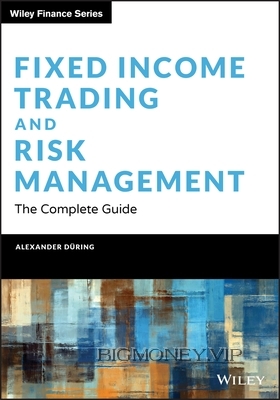
PART One
Preliminaries
CHAPTER 1
Introduction
This book deals with the fixed income markets and the best point to start is
to define what this means. The book will follow market usage by defining
fixed income instruments as contracts that specify payment obligations that
are not linked to the economic situation of the obligor. It also excludes from
the scope contracts that establish payments depending on the performance
of physical assets, such as commodities or weather. The book will further
discuss a range of fixed income derivatives, namely contracts that specify
obligations that depend on the performance of fixed income instruments.
Fixed income instruments can be broadly divided in to bilateral contracts
and securities. Securities differ from bilateral contracts in that they are
transferrable without the consent of all parties. Note that some features of
securities may be linked to bilateral contracts. Table 1.1 lists various fixed
income instruments in these two categories.
In German, fixed income instruments are referred to as ‘Renten’ and the
same word is also used to refer to pensions. In the English vernacular, the
scope of the word ‘rent’ to signify income streams has been narrowed down
significantly to refer to payments linked to the use of physical assets. The
Latin translation of the word ‘rent’, ‘pension’, is now used in English to
designate the income stream that accrues to people after a lifetime of work.
On the other hand, ‘Pension’ in financial German refers to the renting out of
financial assets
. This etymological divergence between otherwise related
languages highlights an important point, namely that the notion of fixed
income instruments is not new but underwent several changes of
connotation over time.
Fixed Income Trading and Risk Management: The Complete Guide by Alexander During




